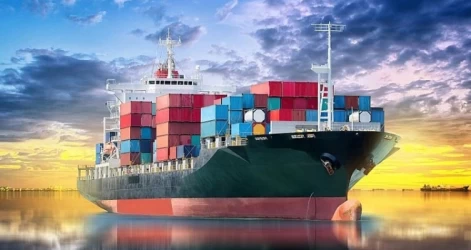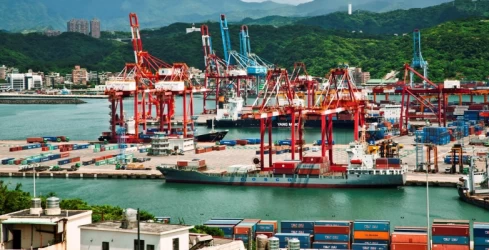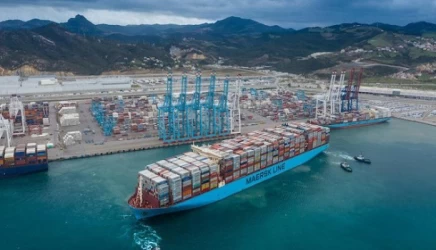Sea Freight in Hong Kong Port
Hong Kong Port is one of the busiest and most efficient international container ports in the world. Its strategic location by the South China Sea and its deep natural harbor make it a pivotal hub for global trade. The port handles a significant volume of sea freight, connecting to nearly 500 destinations worldwide.
Historical Background
Hong Kong’s maritime history dates back to the 19th century when it became a British colony. The natural deepwater harbor of Victoria Harbour provided ideal conditions for berthing and handling various types of vessels. Over the years, the port has evolved into a major international shipping center, contributing significantly to Hong Kong’s economic development.
Port Facilities
The Port of Hong Kong comprises several key facilities:
- Kwai Tsing Container Terminals: These terminals are the heart of Hong Kong’s container handling operations. There are nine terminals operated by five different operators, including Modern Terminals Ltd (MTL) and Hongkong International Terminals Ltd (HIT). The terminals occupy 279 hectares of land, providing 24 berths and 7,794 meters of deep water frontage.
- Mid-stream Sites: These sites handle the loading and unloading of ocean and river cargoes from barges to trucks and vice versa. They occupy about 33 hectares of land and 3,310 meters of water frontage.
- River Trade Terminal: Located near Pillar Point in Tuen Mun, this terminal consolidates containerized, break bulk, and bulk cargo shipped between Hong Kong Port and the ports in the Pearl River Delta. It operates with 65 hectares of land and 3,000 meters of quay.
- Public Cargo Working Areas (PCWAs): These areas provide short-term allocation of berths and waterfront working areas for loading and unloading cargo. They are situated at six different locations, offering a combined total quay length of 4,828 meters.
- Buoys and Anchorages: Hong Kong has Government Mooring Buoys (GMB) serving ocean-going vessels.
Container Throughput
In 2023, Hong Kong Port handled over 14.4 million TEUs (Twenty-foot Equivalent Units) of containers. The Kwai Chung-Tsing Yi Container Terminals alone managed over 11 million TEUs, representing about 77% of the port’s container throughput. The remaining 23% was handled at mid-stream sites, the river trade terminal, PCWAs, buoys, anchorages, and other wharves.
Economic Impact
The port’s efficiency and connectivity have made it a crucial gateway for trade between China and the rest of the world. It supports a wide range of industries, including manufacturing, logistics, and retail. The port’s operations contribute significantly to Hong Kong’s GDP and provide employment opportunities for thousands of people.
Challenges and Future Prospects
Despite its success, Hong Kong Port faces several challenges, including competition from neighboring ports in Mainland China and the need for continuous infrastructure upgrades. However, the port’s strategic location and advanced facilities position it well to remain a key player in global sea freight.
Efforts are ongoing to enhance the port’s capacity and efficiency. Projects such as deepening the Kwai Tsing Container Basin to 17 meters have been completed to accommodate larger vessels. Additionally, the Hong Kong Maritime and Port Board (HKMPB) continues to promote Hong Kong as a regional hub port and a leading container port in the world.
Conclusion
Hong Kong Port remains a vital hub for sea freight, connecting Asia with the rest of the world. Its advanced infrastructure, strategic location, and efficient operations ensure its continued importance in global trade. As the port adapts to new challenges and opportunities, it will likely maintain its status as one of the world’s leading maritime centers.
If you have any specific aspects of sea freight in Hong Kong Port you’d like to explore further, feel free to let me know!











